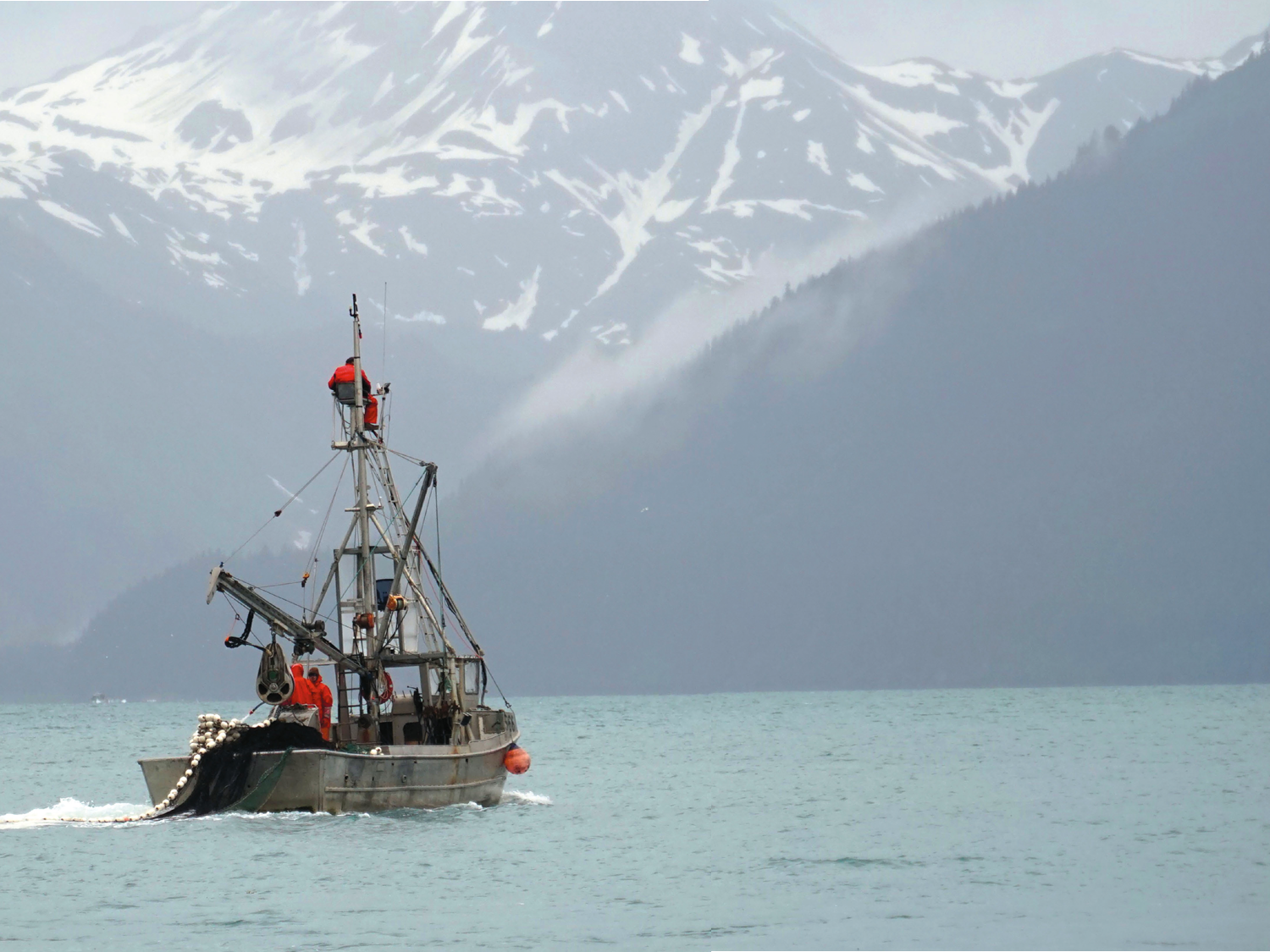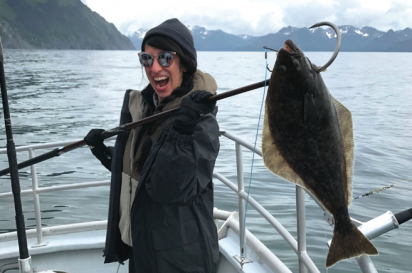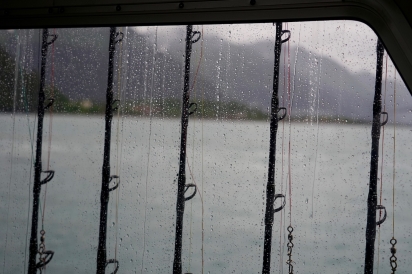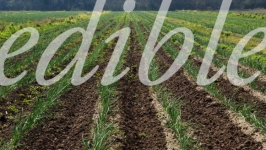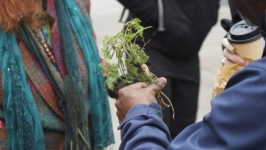North to Alaska
The dock call time was 6am, somehow negotiated to 7am. 7am is a more reasonable hour to dress head-to-toe in oversized waterproof black garb to dip dead fish on a string into the ocean, in hopes of luring in more soon-to-die aquatic creatures.
The sky was gray and rain leaked into my jacket as I pulled up the hood and curled my gloved fingers into its sleeves to escape the cold. Captain T, a short woman with a curly brown mane, dressed in sweatpants and XTRATUFs (the Hunter boots of Alaskan fishing), welcomed our group of 10 aboard her ship departing out of the Seward docks.
She invited us into the heated cabin and reminded us not to lock ourselves in the head (the sailing term for tiny toilet closet). If we were going to be sick, we were to puke outdoors, off the sides of the boat, not in the head, which was located in the enclosed cabin. Two kids’ Dramamines downed and an acupressure bracelet on each wrist, I, who can barely stomach a New York City taxi ride up the BQE, felt abnormally calm. I was almost soothed by the boat and the dreary fishing weather as we jetted off into Resurrection Bay, where we’d be attempting to catch halibut.
On the nearly two-hour ride out to sea, we stopped to watch a commercial fishing seiner catch salmon. The boat, which was almost completely exposed to the elements and being pummeled by rain, shifted in the waves as the whitebearded captain shouted directions to his all-male crew of three. The crew lowered nets into the water and after what felt like enough time to broil a salmon filet, the crew slowly pulled the nets back in, as one fisherman violently plunged a device into the water to create bubbles, distracting the salmon from any possible escape as they were forcibly removed from their natural habitat.
The fish flopped and flustered as the seine lifted them into the chilly air, and eventually plummeted their slick, silvery bodies onto the ship’s deck. One of Captain T’s crewmembers had previously worked on a similar commercial fishing ship, and explained that these fish would probably be shipped off to Costco or similar distributors.
As the waters got rockier, my co-fishers turned green. As almost every other aspiring fisherman leaned out over the sides of the boat, I sat calmly in my seat, waiting for the fishing to begin, more than a little smug about my lack of illness.
Captain T anchored the boat, which began swishing from side to side. “Look at something not moving,” she advised as I stood up and felt my legs weaken. I tried staring at the snow-capped mountains ahead, but it was finally happening. I, the passenger who rates Uber drivers solely on their ability to not make me want to vomit, was joining the green masses. But a burst of crisp, cold air on my face, creeping into my ears, infused me with an unexpected stabilizing force. That force lured me out onto the boat’s bow (that’s the front) to get set up with a fishing pole and chum (that’s the dead fish, i.e., bait) attached to the line.
And then we waited.
And waited.
And then, a tug.
The thin end of the six-foot fishing pole dipped a few inches, halted and bounced back up, once again pulled down by—could it be, a fish nibbling on the chum, 20 feet below the boat? The gray, nutrient-dense water made it impossible to see more than a few inches below the surface.
“What do I do?” I yelled out. Assuming I wouldn’t catch anything, I’d glossed over Captain T’s brief but probably helpful tutorial when she’d set up the fishing poles. Instinctively, I started reeling in my fish, cranking my right hand endlessly as I pulled up a flat, slimy halibut.
“Help!” I called again in a panic, though the only life in danger here was the fish’s. A crew member hooked the halibut and I watched it flop violently as it gasped its final breaths.
I proudly posed for a picture with the halibut, my halibut.
While I don’t plan on booking my next fishing excursion anytime soon, the hours spent fishing and observing the not-at-all-fun-looking commercial fishing, gave me a newfound respect and understanding of where our seafood comes from, and the intensive, but necessary labor it takes to procure it. While massive nets, farms and other polluting and destructive methods can provide us with more fish, faster and cheaper, if the fish can taste this good, and still have a positive effect on the environment, it’s worth the extra effort.
Local Taste: Where Astorians Reel It In
When cooking seafood at home, I visit Best of the Sea. The corner shop has a flagrantly fishy smell; I typically ignore that to get the cheapest fillet on offer, motioning to the salesperson behind the counter which cut I want, knowing she’ll probably sell me a little more than I wanted.
Before fishing in Alaska, I opted for budget friendly farmed varieties, but since I witnessed a short preview of the work, effort and passion that goes into catching wild fish (tasting the superior, fatty, smooth flavor of the wild salmon didn’t hurt either), I respect the higher-priced, line- or seine caught wild species so much more. They’re worth it.


